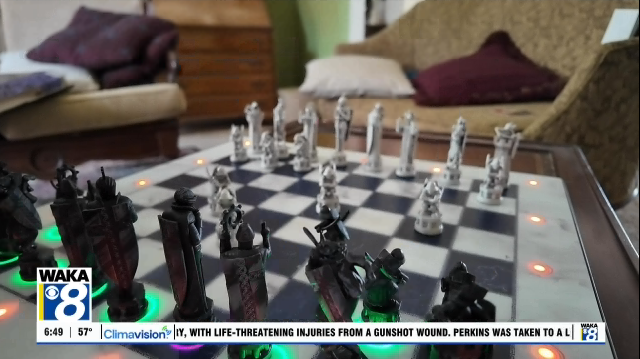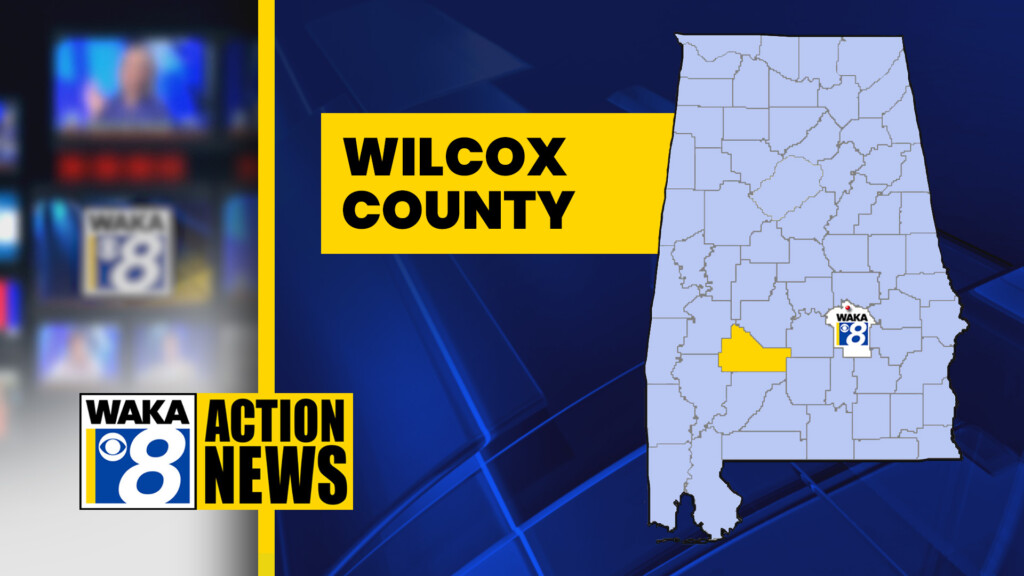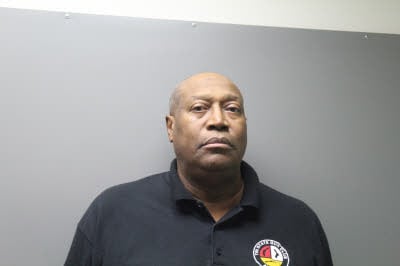Safe from the Storm: Remembering 1995 Hurricane Opal’s destruction throughout Alabama
By Action 8 Meteorologist Christopher Mathis
It’s easy to think that only people along Alabama’s Gulf coast have to worry hurricanes. But Hurricane Opal of 1995 is proof that a storm can bring destruction far inland, to places like Montgomery and even farther north.
In the fall of 1995, I was studying to become a meteorologist and working as a TV weather anchor in Tuscaloosa. On October 4, the night that Opal made landfall in the Florida Panhandle near Pensacola Beach, winds howled outside that TV station as the hurricane traveled northward through Alabama. It’s an experience I’ll never forget.
While hurricanes begin to weaken when they move out of the warm waters of the Gulf or Atlantic Ocean, Opal was able to maintain its hurricane-force winds to Montgomery, causing significant damage.
Opal had managed to make it nearly to Category 5 status in the Gulf, but it weakened before making landfall as a Category 3 with 115 mile per hour winds. Winds were clocked at 90 miles an hour at the Montgomery Regional Airport. Damage was extensive in Alabama, and power was out in a large area, with some people not getting their electricity back for more than a week. 63 people were killed in several states. The cost of the storm, adjusted for inflation, was nearly $8 billion.
Opal weakened to a tropical storm after it moved north of Montgomery. It was still strong enough to bring damage to southeast Tennessee before it died out in the Ohio Valley.
Weather forecasting has made some major advances in the 30 years since Hurricane Opal came ashore. Computer modeling is more precise and new tools have been introduced to keep you safer.
At Action 8, our two Lifesaver Radar systems bring never-before-seen images of severe weather, with 10 times the resolution of standard government radars. They are located in Wilcox County and near the Alabama-Mississippi state line. Together, these units are custom-designed to scan low-levels of the atmosphere where tornadoes can form. Hurricanes often drop tornadoes, so these radars are a critical part of tracking tropical weather in our area. The radars represent a major investment by our station owner, Bahakel Communications, LTD., of Charlotte, North Carolina, and are sponsored by the Johnny Adams Law Firm. No one else has them.
Our Action 8 Weather App is another vital tool to have, especially if you lose electricity. That is the easiest way to receive watches and warnings and see radar, including our Lifesaver Radar. Just remember to have a way to keep your smartphone and other items charged.
Download the free Action 8 Weather App:
iPhone – Android
Action 8 is committed to keeping you Safe from the Storm. Not just during hurricane season, but always.








